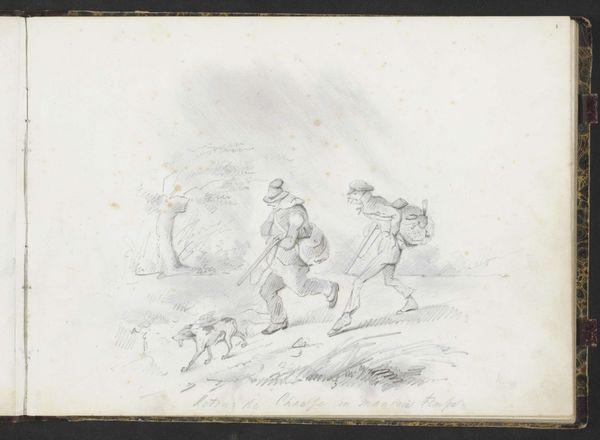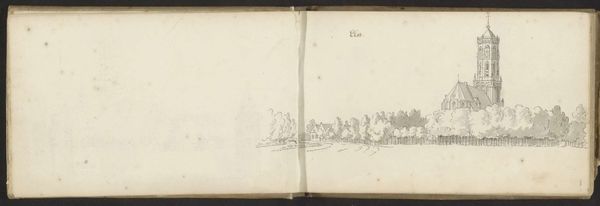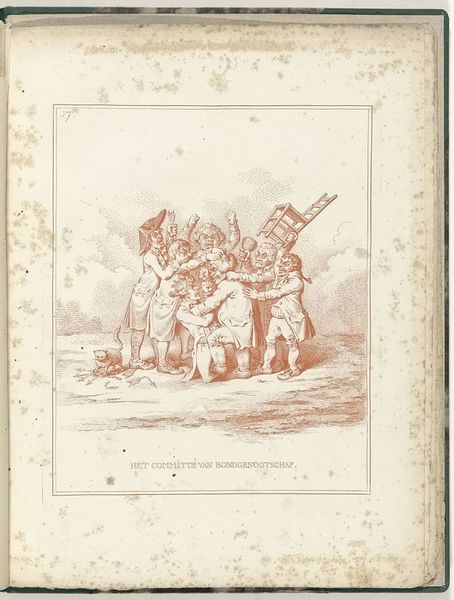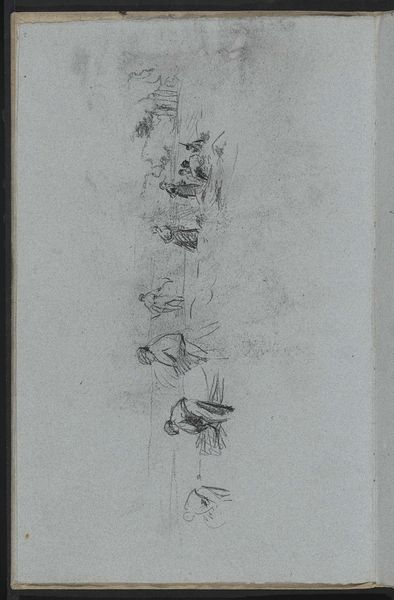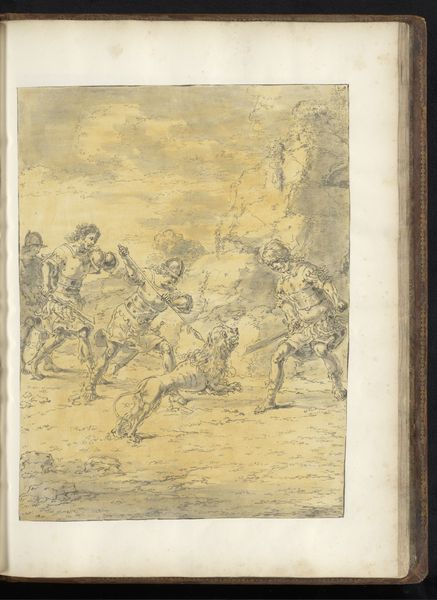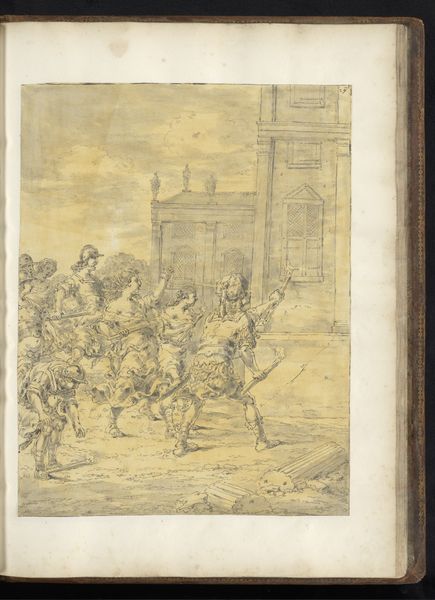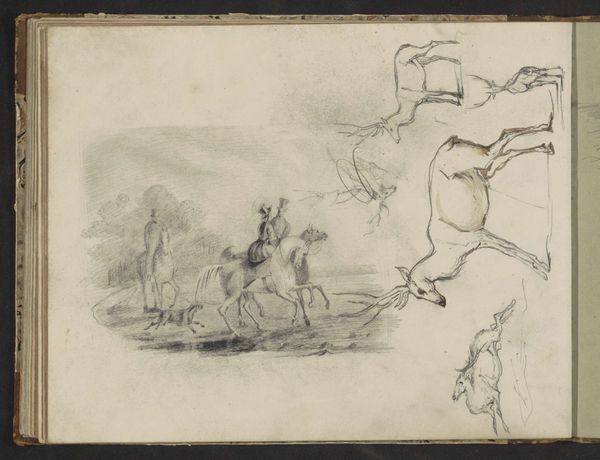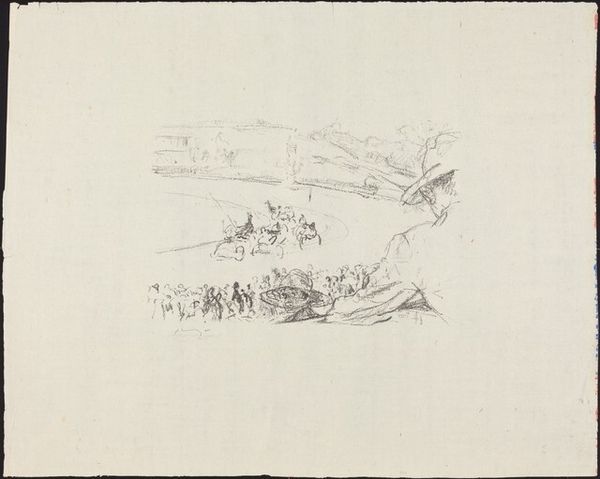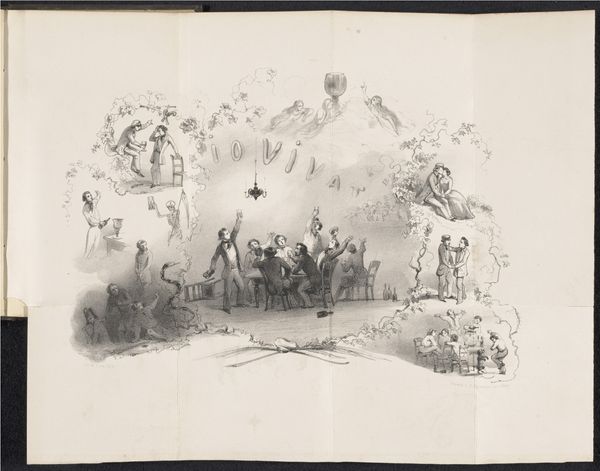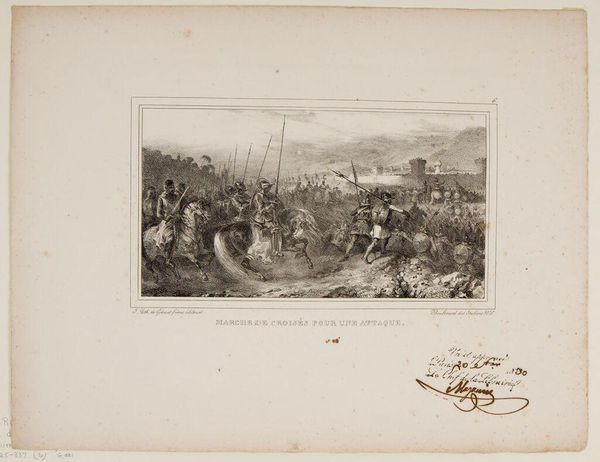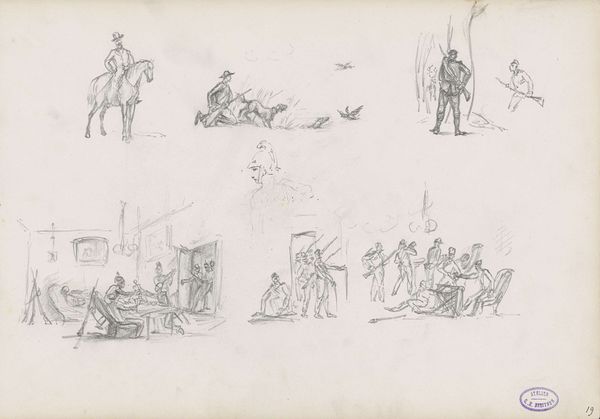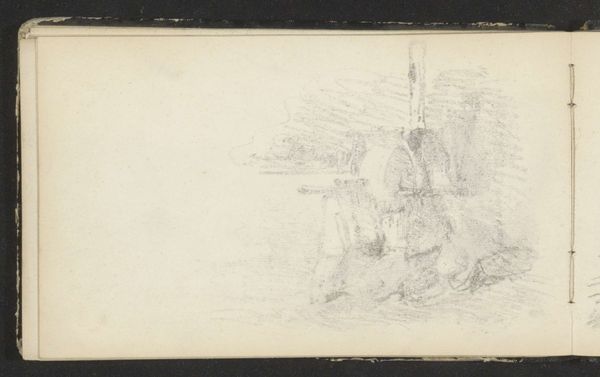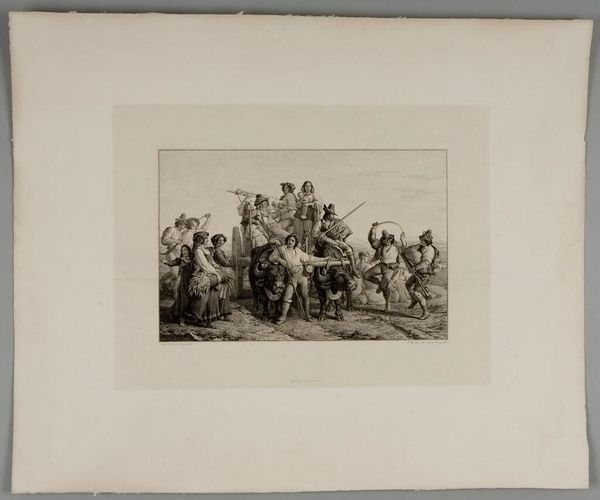
drawing, pencil, graphite
#
drawing
#
impressionism
#
landscape
#
coloured pencil
#
pencil
#
graphite
#
cityscape
Copyright: Rijks Museum: Open Domain
Editor: Here we have "Twee landschappen met paard-en-wagens," or "Two landscapes with horse-drawn carts," a drawing made by Willem Witsen around 1884 to 1887. It seems to capture these ordinary, everyday scenes in the city... but there is something about the lightness of touch, the unfinished quality. What stands out to you in this work? Curator: What immediately strikes me is how this seemingly simple sketch actually reveals quite a bit about the artistic landscape of its time and how Witsen positioned himself within it. Impressionism was gaining traction, emphasizing fleeting moments and everyday life. How do you think the emergence of a mobile society influenced what artists choose to capture? Editor: I think artists might have felt more inclined to reflect those passing moments, since the pace of life was quickening due to industrialization. What do you see reflected from the artwork regarding cityscapes? Curator: Indeed. And in focusing on horse-drawn carriages in urban landscapes, Witsen inadvertently documents a moment of transition. Think about it – the rise of the automobile was looming, about to dramatically reshape urban spaces and societal rhythms. He depicts these older methods right before that transformation happened. The inclusion of landscape in that era allowed artist to depict nature’s relationship with humanity in a more thoughtful way, without as much focus on politics or conflict. How might the choice of medium factor in as well? Editor: Interesting. The use of graphite and pencil – maybe colored pencil as well – really gives it a sense of immediacy. Like these were quickly jotted down impressions, not formal portraits. The style almost downplays their role in society at that time! Curator: Precisely! By choosing such accessible media, he democratizes art making itself. Sketching allows artists to disseminate more work for potential viewing or purchase, and not limit artwork accessibility. Considering its place in the Rijksmuseum today, it speaks to a powerful shift in how we perceive the art world today. Editor: I see. I had originally interpreted this piece in terms of its mood, but knowing how it relates to broader historical and cultural shifts really adds a lot of depth. Curator: Absolutely. It's not just about what's on the page but what that image tells us about the world around it. And of course, how that world shapes what artists choose to create.
Comments
No comments
Be the first to comment and join the conversation on the ultimate creative platform.
